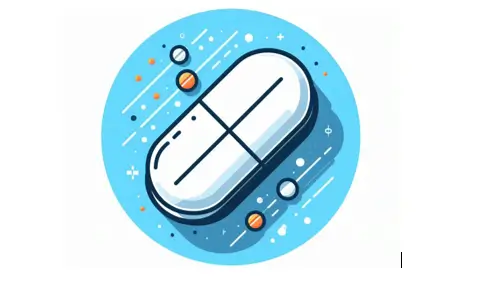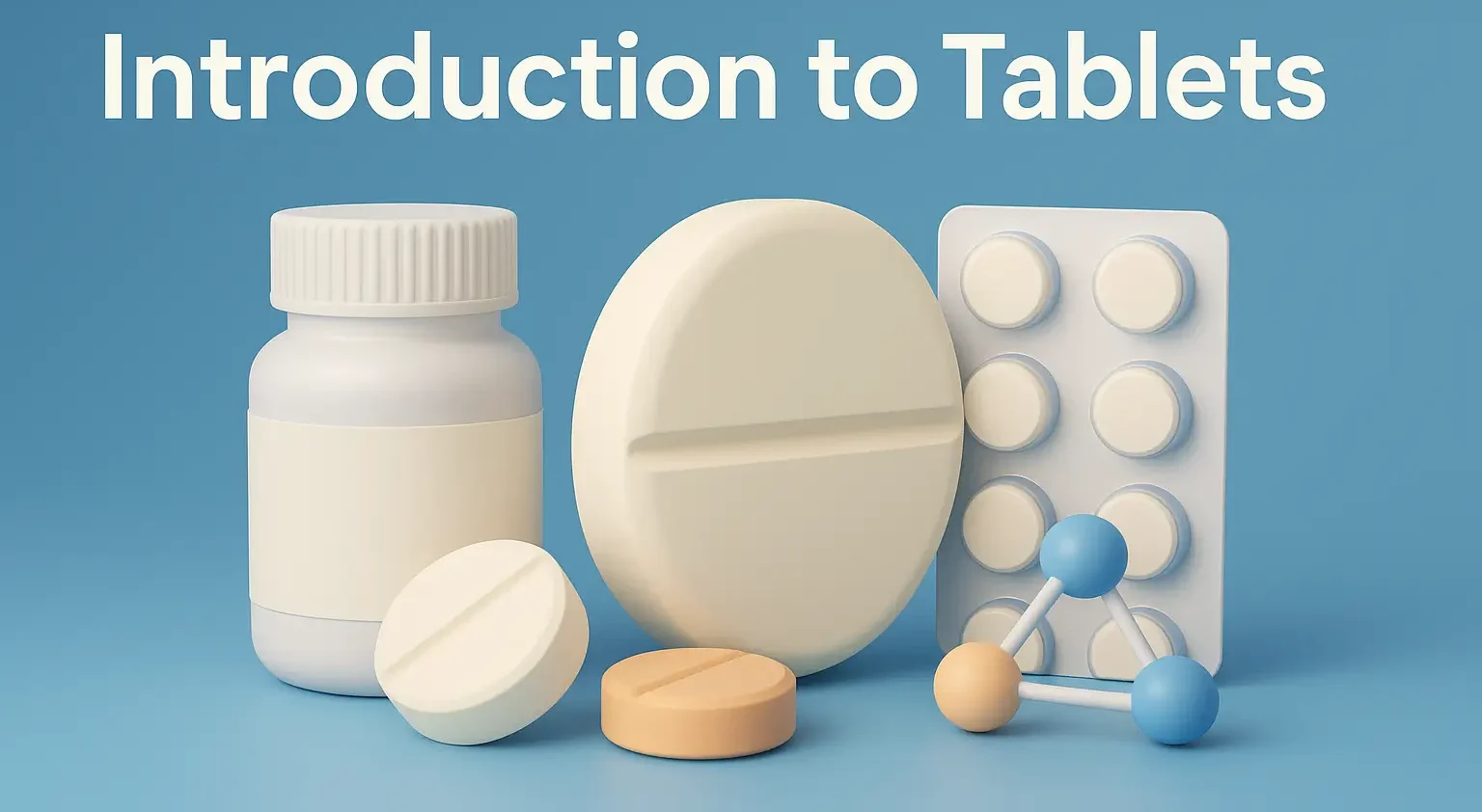- Introduction to Tablet: Made by compression, widely used for systemic and local effects.
- Introduction to Tablet: Solid oral dosage form with precise drug dose, easy to use and transport.
- Tablets are solid dosage forms containing active pharmaceutical ingredients (APIs) and excipients, intended for oral administration.
- They are the most commonly used form of drug delivery due to their ease of administration, accurate dosing, stability, and cost-effectiveness.
- Tablets are solid dosage forms containing medicinal substances with or without suitable excipients.

Definition
- A tablet is a compressed unit dose of medication prepared by compressing powders or granules into a solid form.
Advantages of Tablets
- Convenience: Easy to carry, store, and administer.
- Accurate Dosage: Provides precise and consistent dosing.
- Stability: Longer shelf-life compared to liquid forms.
- Cost-Effective: Economical to produce and package.
- Versatility: Can be designed for immediate or controlled release.
Disadvantages of Tablets
- Swallowing Difficulty: May not be suitable for children or elderly patients.
- Absorption Issues: Delayed onset of action compared to liquid or injectable forms.
- Processing Challenges: Requires specialized equipment and conditions.
Click Here to Watch the Best Pharma Videos!

